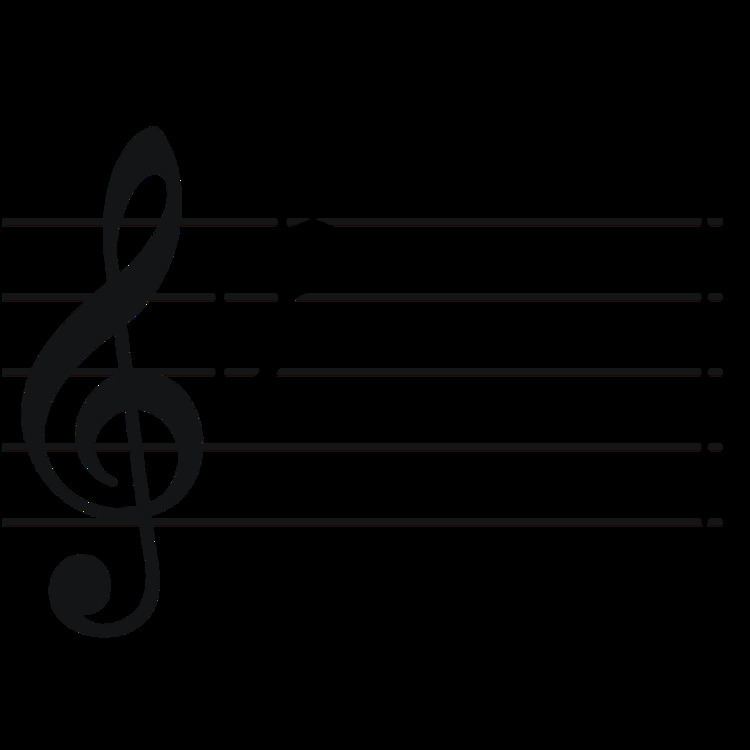Relative key B♭ major | ||
 | ||
G minor has been considered the key through which Wolfgang Amadeus Mozart best expressed sadness and tragedy, and many of his minor key works are in G minor. Though Mozart touched on various minor keys in his symphonies, G minor is the only minor key he used as a main key for his numbered symphonies. In the Classical period, symphonies in G minor almost always used four horns, two in G and two in B♭ alto. Another convention of G minor symphonies observed in Mozart's No. 25 and No. 40 was the choice of the subdominant of the relative key (B♭ major), E♭ major, for the slow movement; other non-Mozart examples of this practice include J.C. Bach Opus 6 No. 6 from 1769, Haydn's No. 39 (1768/69) and Johann Baptist Wanhal's G minor symphony sometime before 1771 (Bryan Gm1). Isolated sections in this key within Mozart's compositions may also evoke an atmosphere of grand tragedy, one example being the stormy G minor middle section to the otherwise serene B♭ major slow movement in the Piano Concerto No. 20.
List of works
Here is a list of works and movements by Mozart in G minor:
